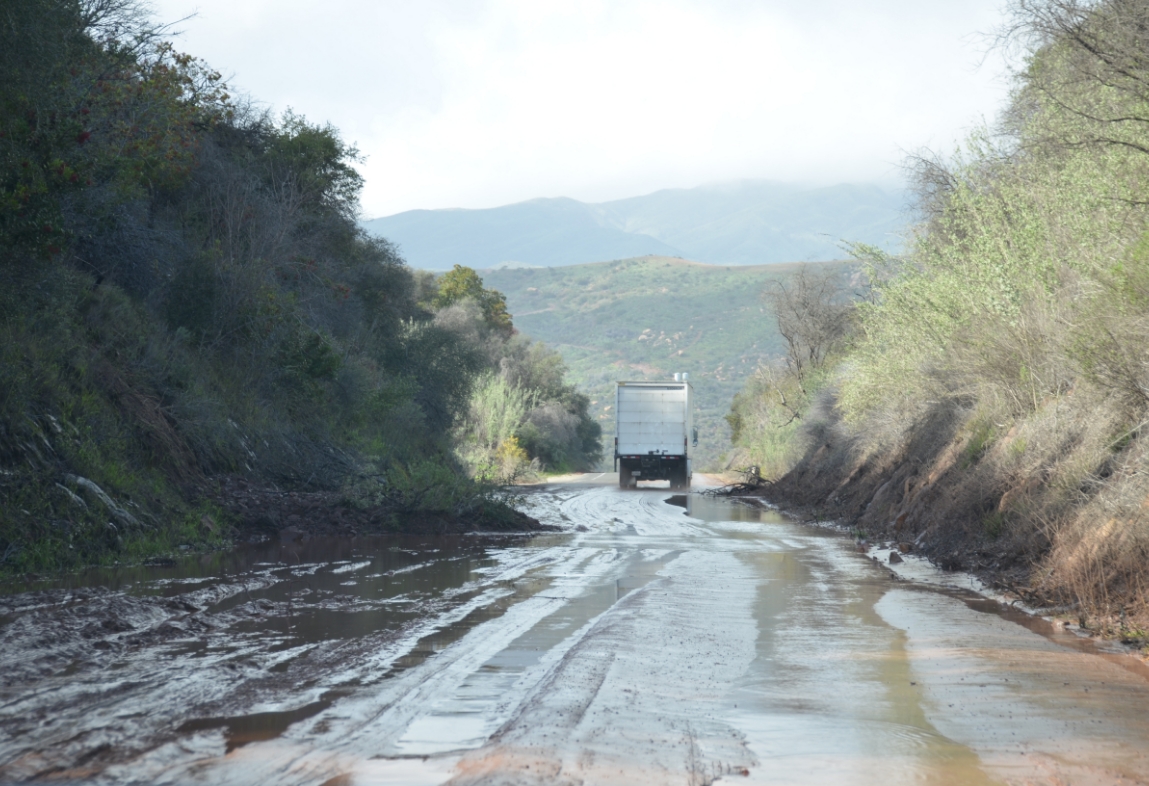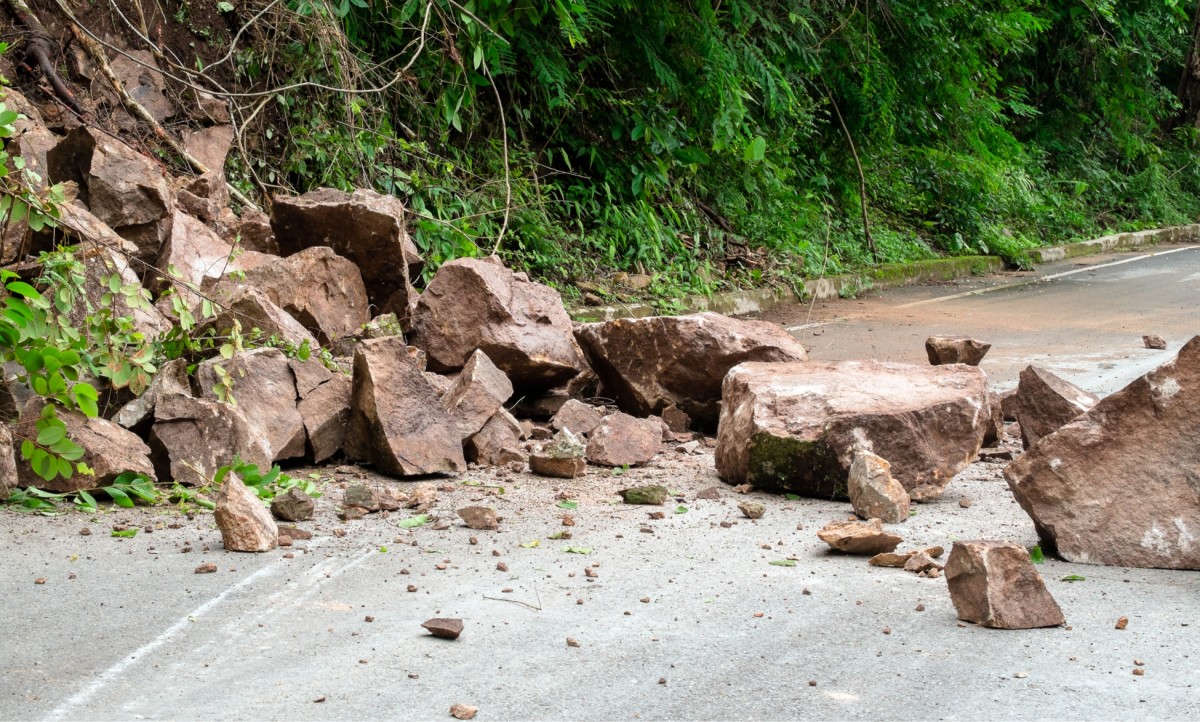Current Burning Permissions
Open burning—or burning outdoors—is allowed when the wildfire risk is low and can be a useful tool when conducted responsibly. Open burning includes Category 1 campfire, Category 2, and Category 3 open fire.
Our mountainous terrain has many steep drainages which, when super-saturated, are prone to mudslides, landslides, debris collection and wash-outs. More intense storm events are projected with a changing climate, and could cross a critical threshold that will lead to more frequent events of this kind. Development activities on unstable slopes must be done with care to avoid increasing instability.


To prevent impacts from landslides, consider the following questions: